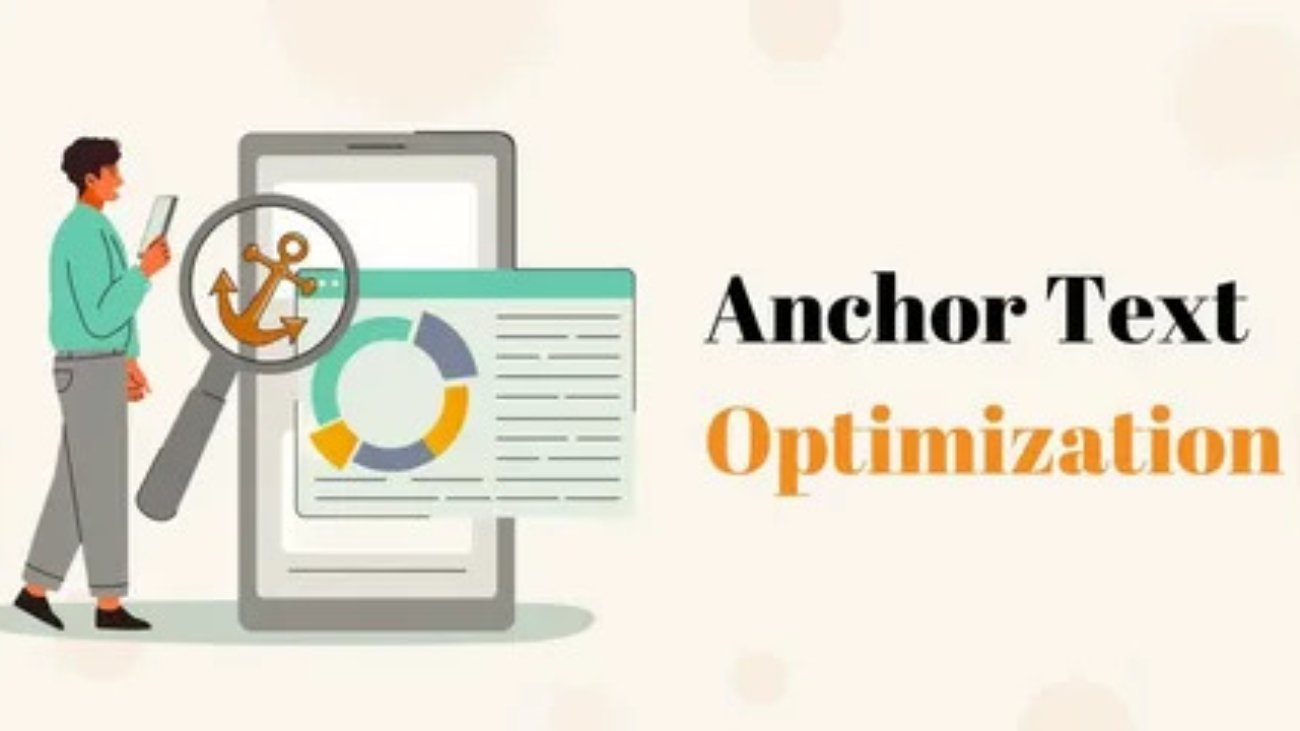Introduction
Backlinks are still the holy grail of SEO in 2025. They signal credibility, authority, and relevance to search engines. But earning them isn’t about luck, it’s about creating content that’s too good not to link to. If you’re serious about content strategy and want organic, white-hat backlinks, the format of your blog post matters just as much as its topic.
In this guide, we’ll break down the top 10 blog formats that consistently attract backlinks, explain why they work, and show you how to use them in your content plan.
1. Ultimate Guides
Why it works:
Ultimate guides are comprehensive, deeply researched, and packed with value. They become the go-to resource in their niche, which makes others want to cite them.
Example:
“The Ultimate Guide to Technical SEO in 2025” could cover schema, crawlability, Core Web Vitals, and more earning links from smaller blog posts and resource pages.
How to optimize:
-
Include a clickable table of contents
-
Break into digestible sections
-
Use internal and external citations
-
Add unique insights or stats
Backlink Potential: High (especially from blogs, resource roundups, and forums)
2. Original Research and Data-Driven Posts
Why it works:
Original research is the most linkable content on the internet. People love citing credible stats, trends, and benchmarks.
Example:
“2025 SEO Survey: What 500 Experts Say About Google’s Algorithm Updates”
How to optimize:
-
Include graphs, charts, and downloadable PDFs
-
Break findings into key takeaways
-
Promote it via email outreach and social media
Backlink Potential: Very High (used in citations, whitepapers, and competitor content)
3. Infographics
Why it works:
Visual content is more shareable and easier to understand, especially when it condenses complex topics. Many bloggers embed infographics and link to the source.
Example:
“Infographic: The Anatomy of a Perfect Blog Post in 2025”
How to optimize:
-
Host the image on your blog with embed code
-
Include a text-based summary below
-
Share it on Pinterest and infographic directories
Backlink Potential: High (especially from visual content curators and bloggers)
4. Expert Roundups
Why it works:
Featuring industry voices creates built-in backlinks from the contributors themselves and boosts credibility.
Example:
“Top 20 Link Building Experts Share Their Favorite Outreach Strategies”
How to optimize:
-
Include real quotes, bios, and headshots
-
Notify each contributor when it’s live
-
Create quote graphics for social media
Backlink Potential: Medium to High (especially from contributors’ websites and social profiles)
5. How-To Tutorials
Why it works:
Step-by-step guides solve real problems and are often cited as references in similar posts.
Example:
“How to Build White-Hat Backlinks Using HARO”
How to optimize:
-
Use numbered steps and screenshots
-
Include downloadable checklists
-
Add FAQs and troubleshooting sections
Backlink Potential: High (especially from educational blogs and community forums)
6. Case Studies
Why it works:
Case studies offer proof. They’re especially valuable for service-based businesses and marketers looking for real-world results.
Example:
“How We Increased Organic Traffic by 300% in 90 Days (SEO Case Study)”
How to optimize:
-
Use metrics and before/after visuals
-
Include client quotes or testimonials
-
Focus on one powerful takeaway
Backlink Potential: Medium to High (especially from marketers and niche influencers)
7. Listicles (With a Unique Angle)
Why it works:
Listicles are inherently scannable and appealing. When paired with fresh takes or industry-specific tools, they become linkable resources.
Example:
“13 SEO Chrome Extensions You Didn’t Know You Needed in 2025”
How to optimize:
-
Make the list comprehensive but relevant
-
Add pros/cons and real screenshots
-
Include links to original sources
Backlink Potential: Medium (especially from other bloggers curating similar tools or tips)
8. Statistics Pages
Why it works:
Aggregated data and industry stats are goldmines for journalists, bloggers, and whitepaper writers.
Example:
“2025 SEO Statistics: 75 Facts You Shouldn’t Ignore”
How to optimize:
-
Group data by theme (e.g., link building, voice search, mobile SEO)
-
Cite the original sources
-
Update regularly
Backlink Potential: Very High (frequently cited in academic content and articles)
9. Comparisons & Versus Posts
Why it works:
People want clarity when choosing between tools, services, or strategies. “X vs. Y” posts dominate SERPs and attract links from product reviews and decision guides.
Example:
“Ahrefs vs. SEMrush: Which SEO Tool Wins in 2025?”
How to optimize:
-
Include pricing, features, screenshots, and verdicts
-
Use decision tables or charts
-
Add internal links to other reviews or tools
Backlink Potential: Medium (especially from affiliate blogs and SaaS reviewers)
10. Checklists and Cheat Sheets
Why it works:
Actionable and printable, checklists are often linked as practical resources. They’re highly useful for beginners and task-oriented readers.
Example:
“The Ultimate SEO Content Checklist [Downloadable PDF]”
How to optimize:
-
Make it printable and mobile-friendly
-
Offer it as a gated lead magnet
-
Use icons, bullets, and collapsible sections
Backlink Potential: Medium to High (especially from educational and productivity blogs)
Bonus: Combine Formats for Greater Impact
Want maximum backlinks? Mix multiple formats in one post. For example:
-
A how-to tutorial with an infographic
-
A listicle with embedded expert quotes
-
A comparison post with original research
This hybrid strategy keeps your content evergreen, engaging, and multidimensional.
Tips to Amplify Backlink Potential
Creating great formats is just the start. To truly attract backlinks, you must:
✅ Promote your post through email outreach
✅ Share on relevant subreddits and forums
✅ Submit to roundup link-building campaigns
✅ Use internal linking to pass SEO juice
✅ Repurpose into other formats (video, PDF, slides)
Final Thoughts
In the competitive world of SEO and content marketing, format matters. Choosing the right blog structure can dramatically increase your chances of earning high-quality backlinks without resorting to black-hat tactics.
Whether you’re running a business blog or managing client content, these 10 blog formats will help you build authority, trust, and visibility.
Start with one, master it, and keep evolving your content strategy for 2025.
Real-World Examples of Blog Formats in Action
Let’s explore how brands use these formats successfully:
-
Backlinko’s Ultimate Guides are legendary. Posts like “The Definitive Guide to SEO in 2024” have earned thousands of backlinks, thanks to a mix of exhaustive depth and SEO optimization.
-
HubSpot’s Statistics Posts like “Marketing Statistics You Need for 2025” constantly attract backlinks from journalists, bloggers, and marketers.
-
Neil Patel’s Comparison Posts such as “Ahrefs vs. SEMrush vs. Uber suggest” are optimized not just for user decisions, but also to rank for commercial-intent queries earning both traffic and links.
These companies are following a system: create valuable, evergreen, data-rich content in link-attracting formats and promote it hard.
Strategic Promotion: From Format to Backlink Magnet
You can’t just publish and hope. Each of these blog formats must be paired with intentional outreach strategies to maximize backlink potential:
Email Outreach:
Send a personalized pitch to bloggers, journalists, or websites who’ve linked to similar resources. Use tools like Ahrefs or Buzz Sumo to find these.
Broken Link Building:
Find dead links on resource pages and suggest your updated ultimate guide or tutorial as a replacement.
HARO (Help a Reporter Out):
Use your data-backed content or expert roundup to respond to journalist queries and earn high-authority backlinks.
Roundup Submissions:
Submit your guides, infographics, or statistics pages to weekly industry roundups or link digests.
Final Note: Format + Value = Long-Term SEO Wins
The best part? These formats aren’t trendy they’re timeless. They deliver value, offer clarity, solve problems, and establish authority. Whether you’re a start-up blogger, agency, or brand strategist, integrating these blog formats into your editorial calendar will fuel long-term growth, increase trust, and generate passive backlinks over time.
Backlinks are earned not bought and the right blog structure is your secret weapon.

